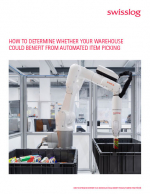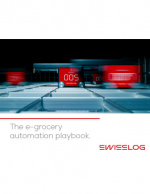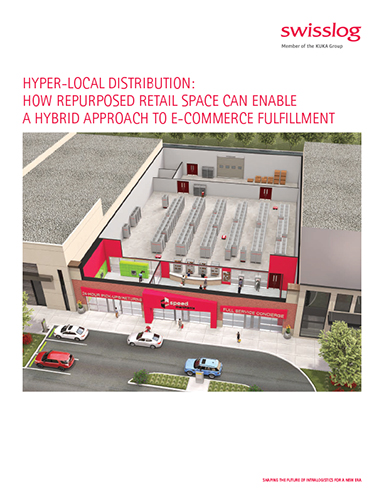How Repurposed Retail Space can Enable a Hybrid Approach to E-commerce Fulfillment
The future belongs to organizations that have the flexibility to adapt to how consumers prioritize choice, speed and convenience on a purchase-by-purchase basis through a true omni-channel experience.
Something big is happening in retail and it hasn’t gone unnoticed. The New York Times and Wall Street Journal, among others, have written recently about the shift from traditional retail to e-commerce and its effect on retailers, consumer expectations and the labor force.
From widespread store closings to malls seeking to reposition themselves as entertainment destinations to the transformation of abandoned industrial properties into distribution centers, e-commerce is not so subtly changing the retail landscape.
In some ways, this is a new world for retailers and, in other ways, a continuation of a cycle that began more than one hundred years ago with the advent of home delivery via catalog sales. Eventually malls and big box stores took over and dominated the retail landscape.
Now, technology has brought in-home delivery back to the forefront in a big way through the web and mobile. E-commerce companies are experiencing double-digit growth while traditional retailers are closing stores in record numbers.
Yet, this is not, as it is sometimes portrayed, an either-or proposition.
With Amazon opening brick-and-mortar outlets and Wal-Mart now offering free two-day delivery on e-commerce orders, it’s becoming clear that the future belongs to organizations that have the flexibility to adapt to how consumers prioritize choice, speed and convenience on a purchase-by-purchase basis through a true omni-channel experience.
That flexibility can be achieved through a hyper-local distribution strategy and a network of retail stores lowers the cost and increases the speed at which such a strategy can be implemented.
Repurposing existing or closed retail space as hybrid retail/distribution hubs not only supports faster delivery of orders. These outlets can also support a hybrid delivery model in which consumers have the option of home delivery or in-store pickup.
What’s Related




Favorites





